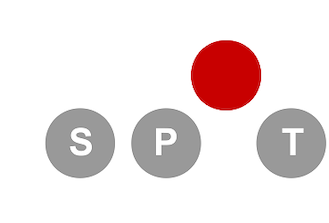The R package babsim.hospital_11.7.12.tar.gz has been built and will be published in the corresponding CRAN directory: https://cran.r-project.org/package=babsim.hospital.
Background information
The BaBSim.Hospital demonstrator combines simulation, optimization, statistics and artificial intelligence processes in a very efficient way. The core is a discrete, event-based simulation model. Sequential parameter optimization (SPOT) is used to optimize the parameters (status transition probabilities, length of stay, distribution properties). For modeling purposes, distributions (including a truncated and translated gamma distribution) were specially developed by us in order to realistically simulate the length of stay. BaBSim.Hospital takes into account different risks for individual groups of people (age and gender-specific) and can be used for any resources beyond the planning of bed capacities.
Potential advantages for crisis teams
- Comparison with your own local planning
- Simulation of local events
- Adaptation to your own situation
- Simulation of any scenario (worst / best case)
- Simulation of any pandemic scenario, considering the local situation
- Standardized approach
Potential benefits for medical professionals
- Analysis of the pandemic at local, regional, state and federal level
- Consideration of special risk groups
- Validation of the length of stay
- Validation of the probabilities
Potential advantages for administration, management
- Assessment of the situation of individual hospitals taking local events into account
- Consideration of relevant resources: beds, ventilators, rooms, protective clothing
- Personnel planning: medical and nursing staff
References
Literature
- E. Bartz, T. Bartz-Beielstein, F. Rehbach, O. Mersmann, K. Elvermann, R. Schmallenbach, F. Ortlieb, S. Leisner, N. Hahn und R. Mühlenhaus. Einsatz künstlicher Intelligenz in der Bedarfsplanung im Gesundheitswesen, hier in der Bedarfsplanung von Intensivbetten im Pandemiefall. Akzeptiert als Poster für den DIVI Kongress 2020, Dezember 2020.
- T. Bartz-Beielstein, E. Bartz, F. Rehbach und O. Mersmann. Optimization of High-dimensional Simulation Models Using Synthetic Data. arXiv e-prints, September 2020. (Link)
- Tom Lawton and Michael McCooe. Policy: A novel modelling technique to predict resource requirements in critical care — a case study. Future Healthcare Journal, 6(1):1720, 2019. (Link)
- Iñaki Ucar, Bart Smeets, and Arturo Azcorra. simmer: Discrete-event simulation for R. Journal of Statistical Software, 90(2):130, 2019. (Link)
Data
The BaBSim.Hospital demonstrator uses only publicly available data. This leads to limited informative value, because no information about the occupancy of beds in isolation wards is publicly available. In consultation with the users, these can be included in the model to achieve more precise simulations and increased relevance.

